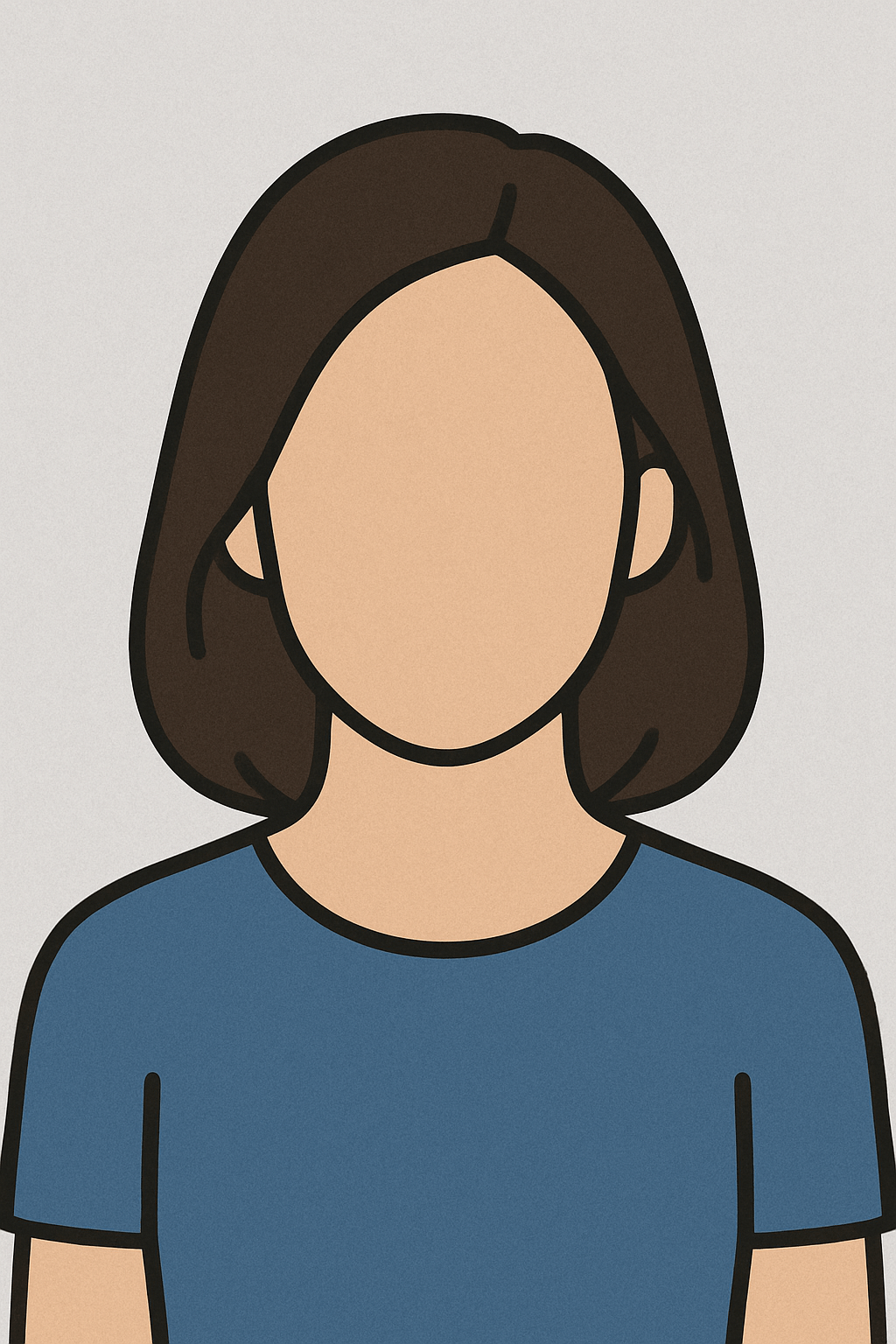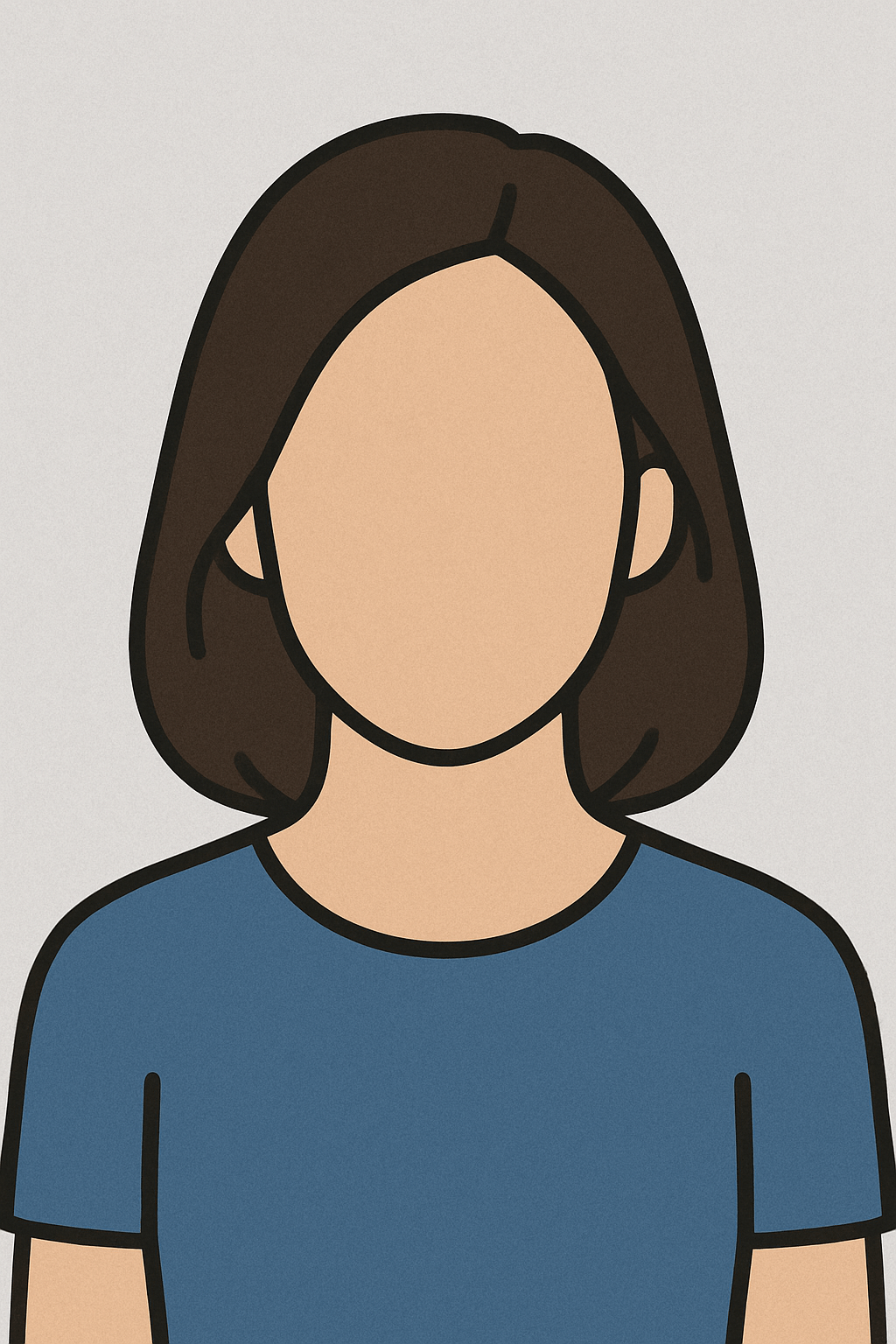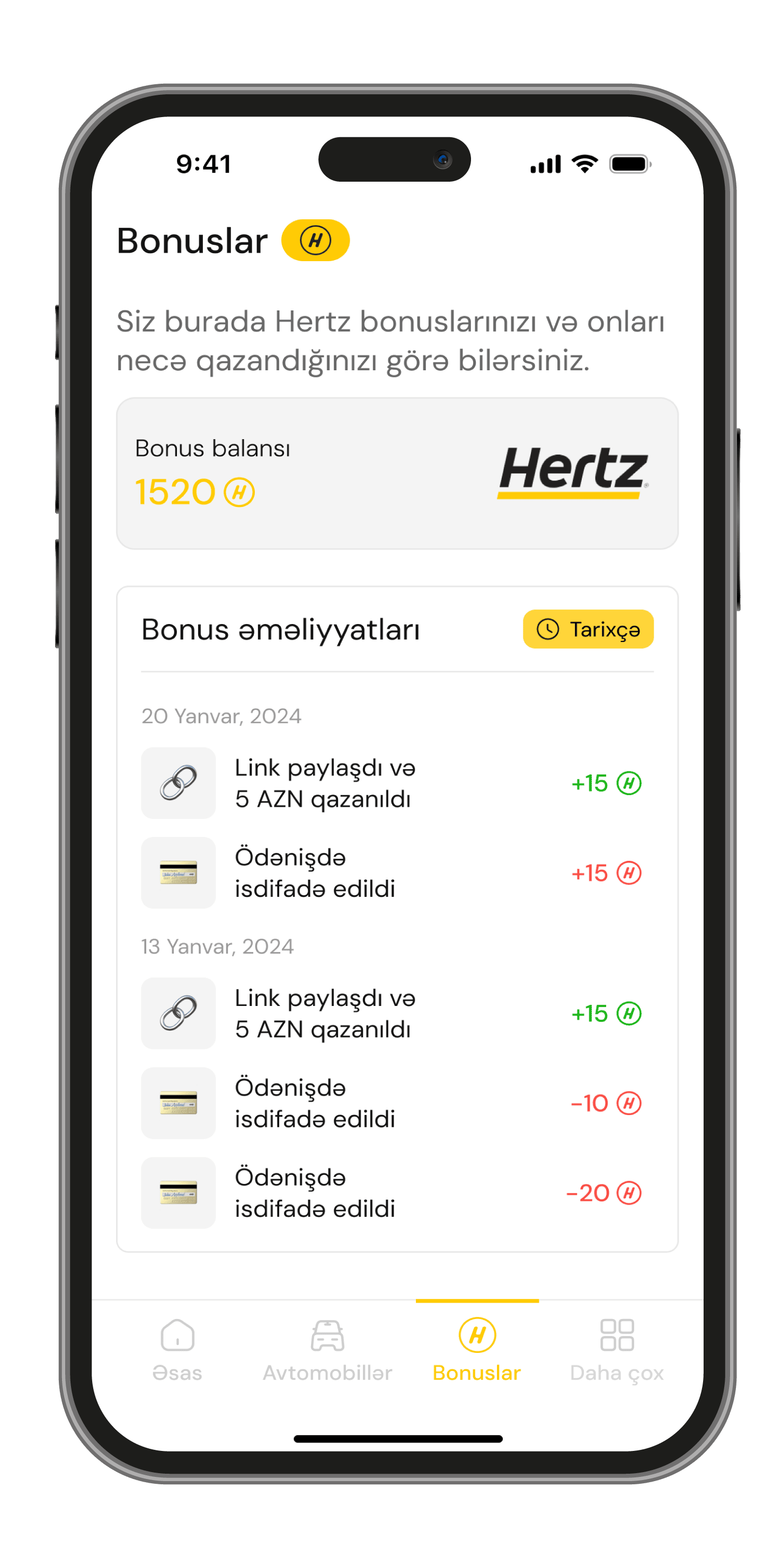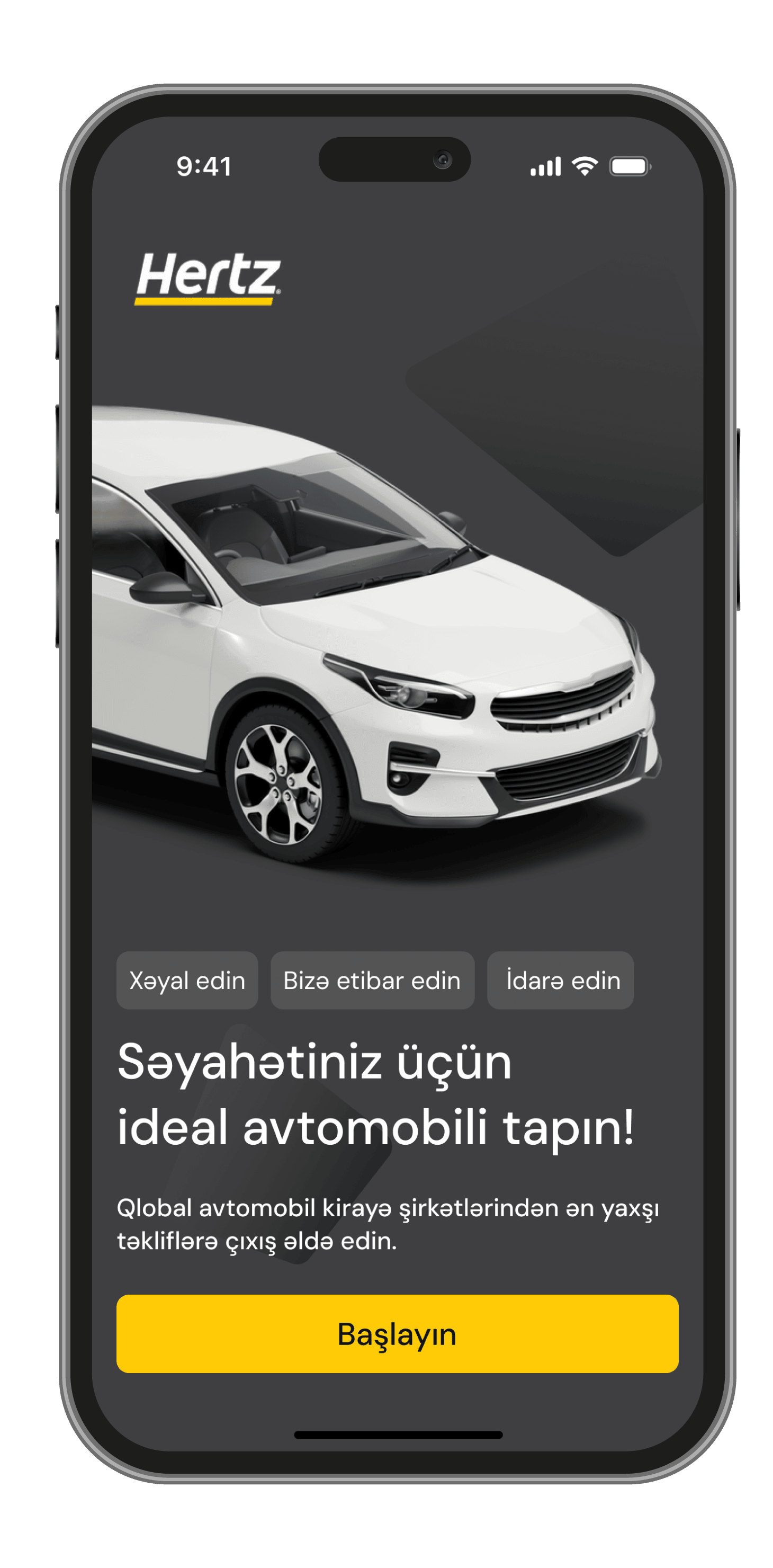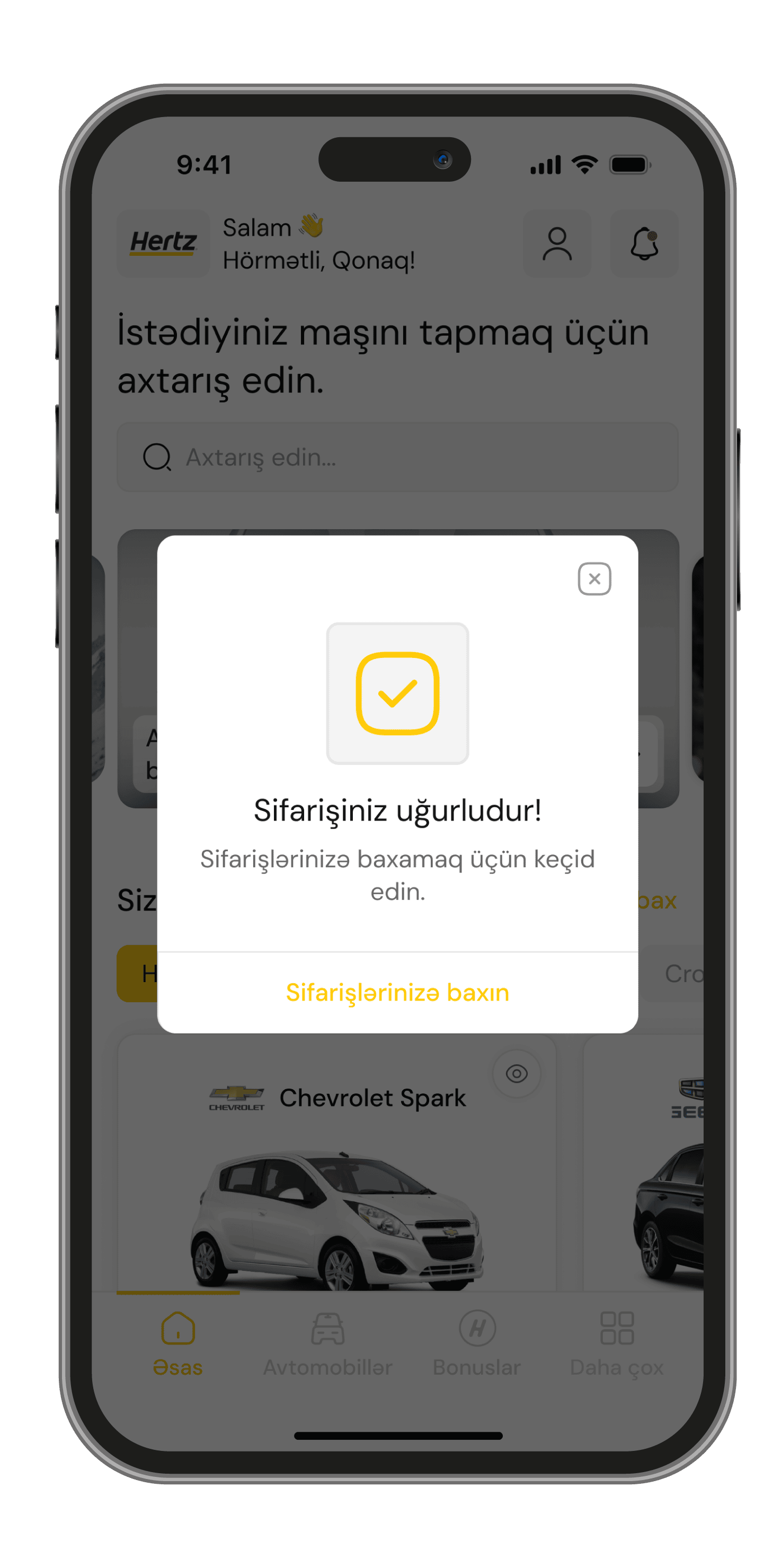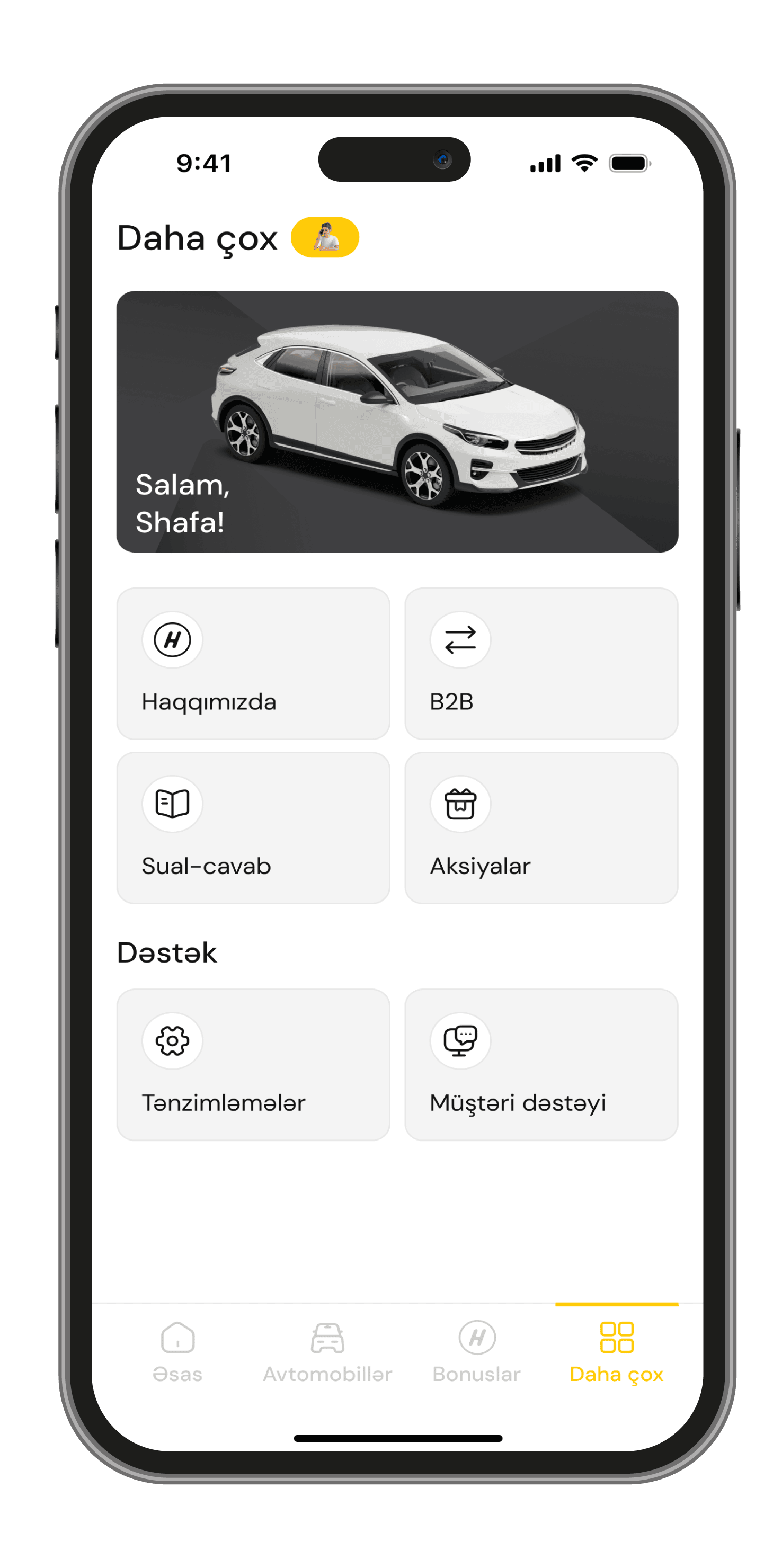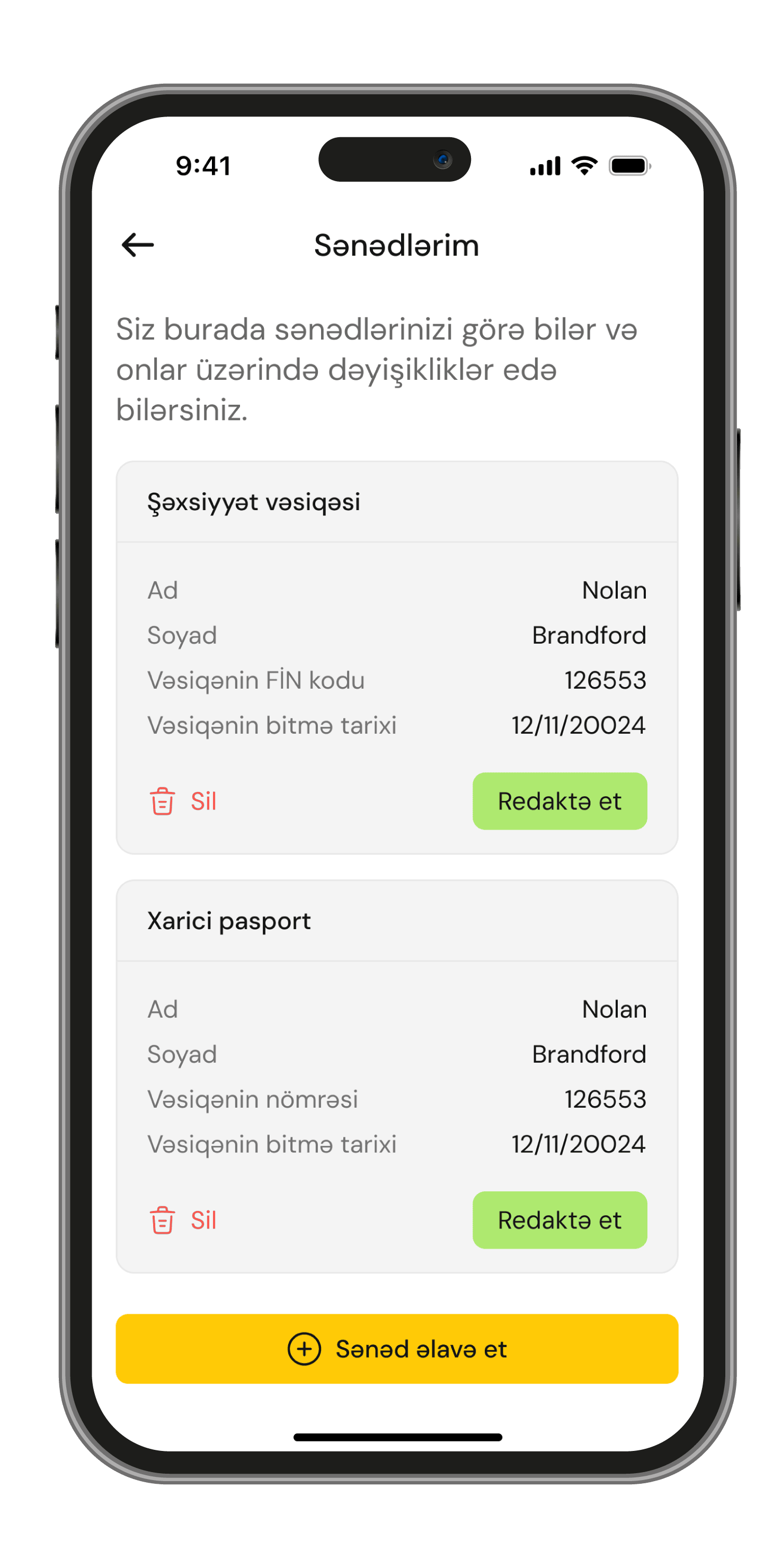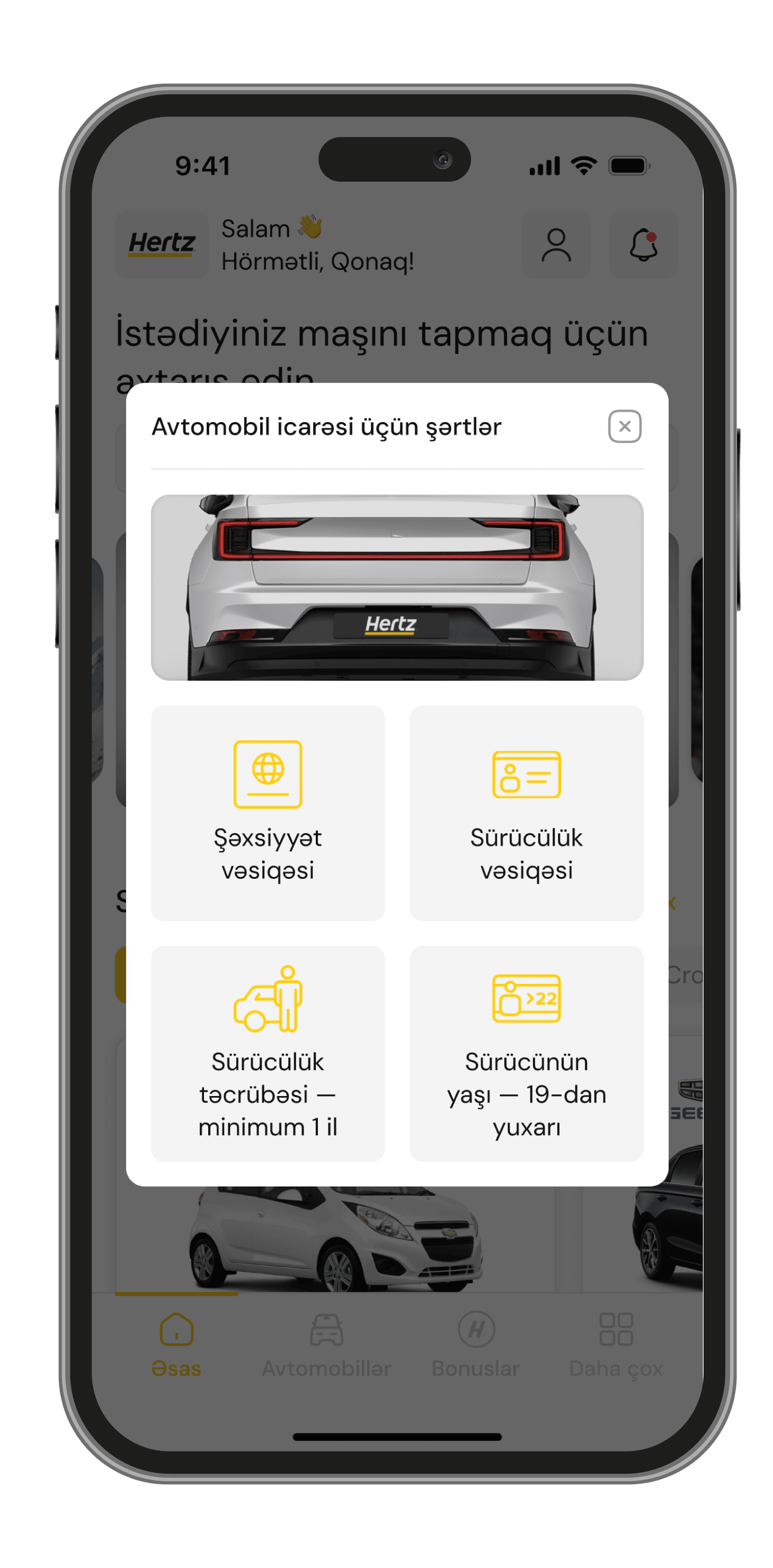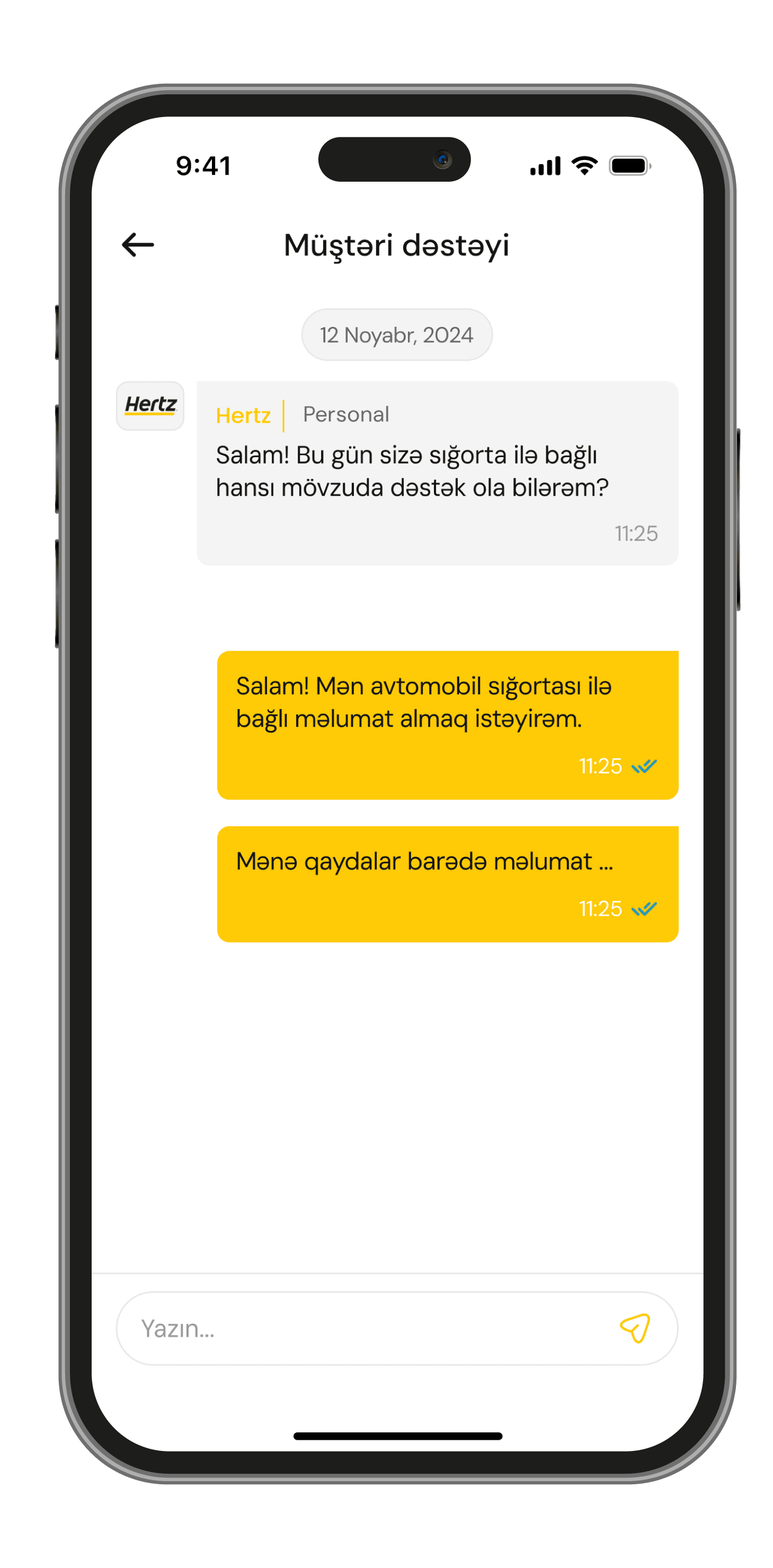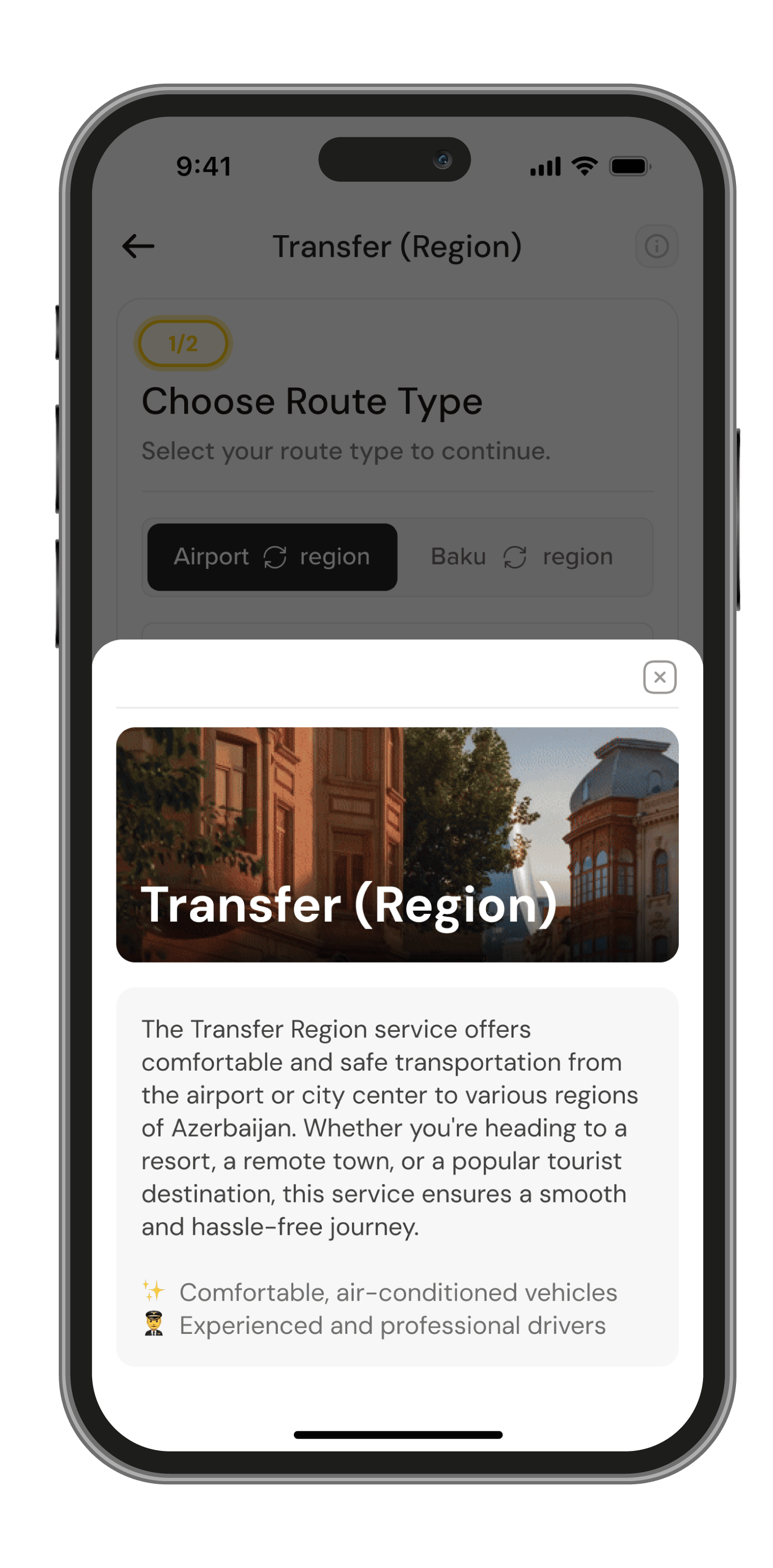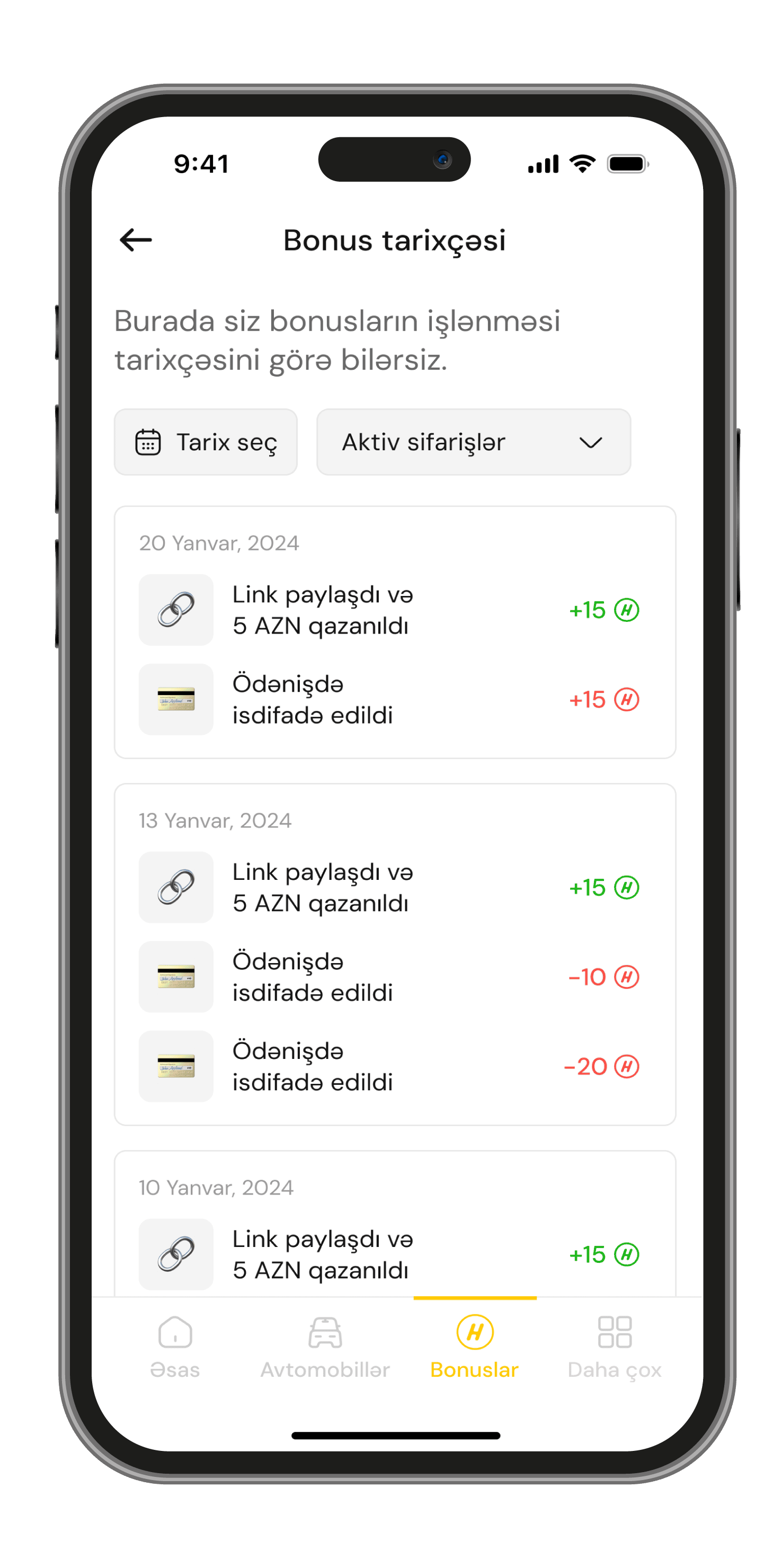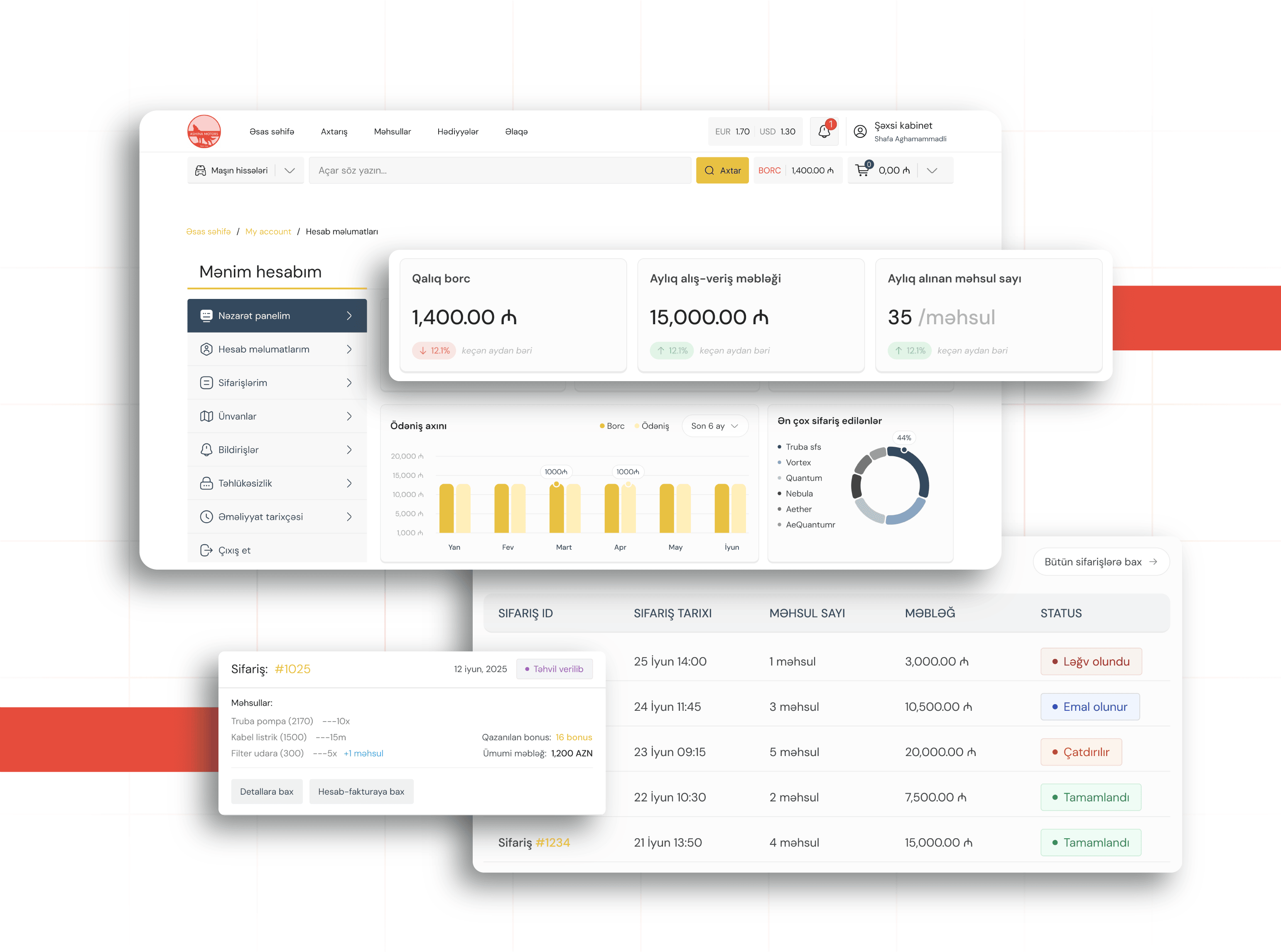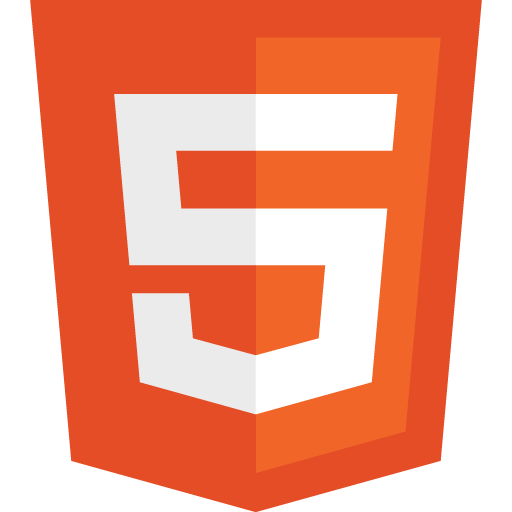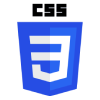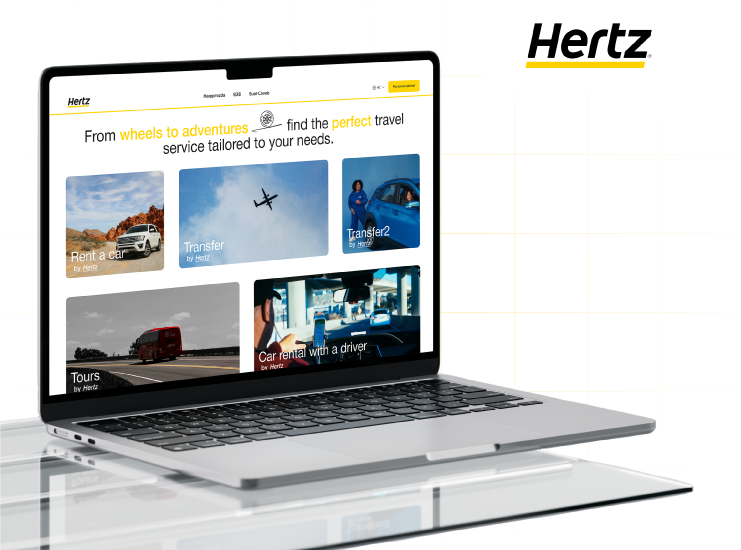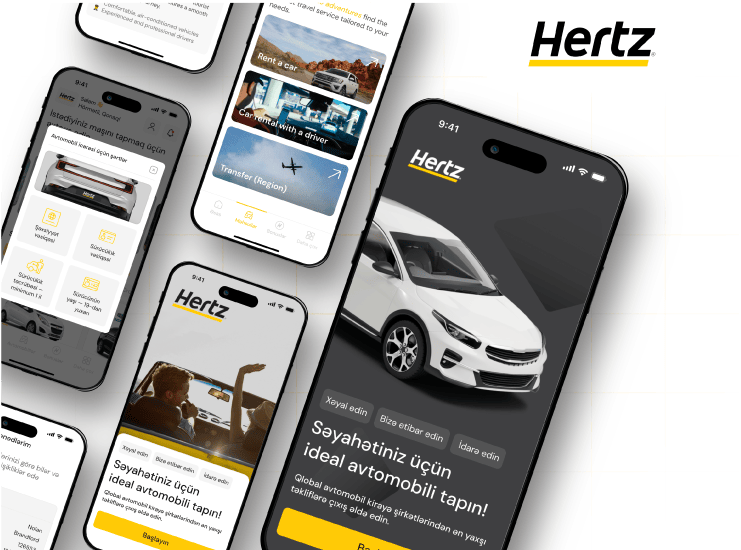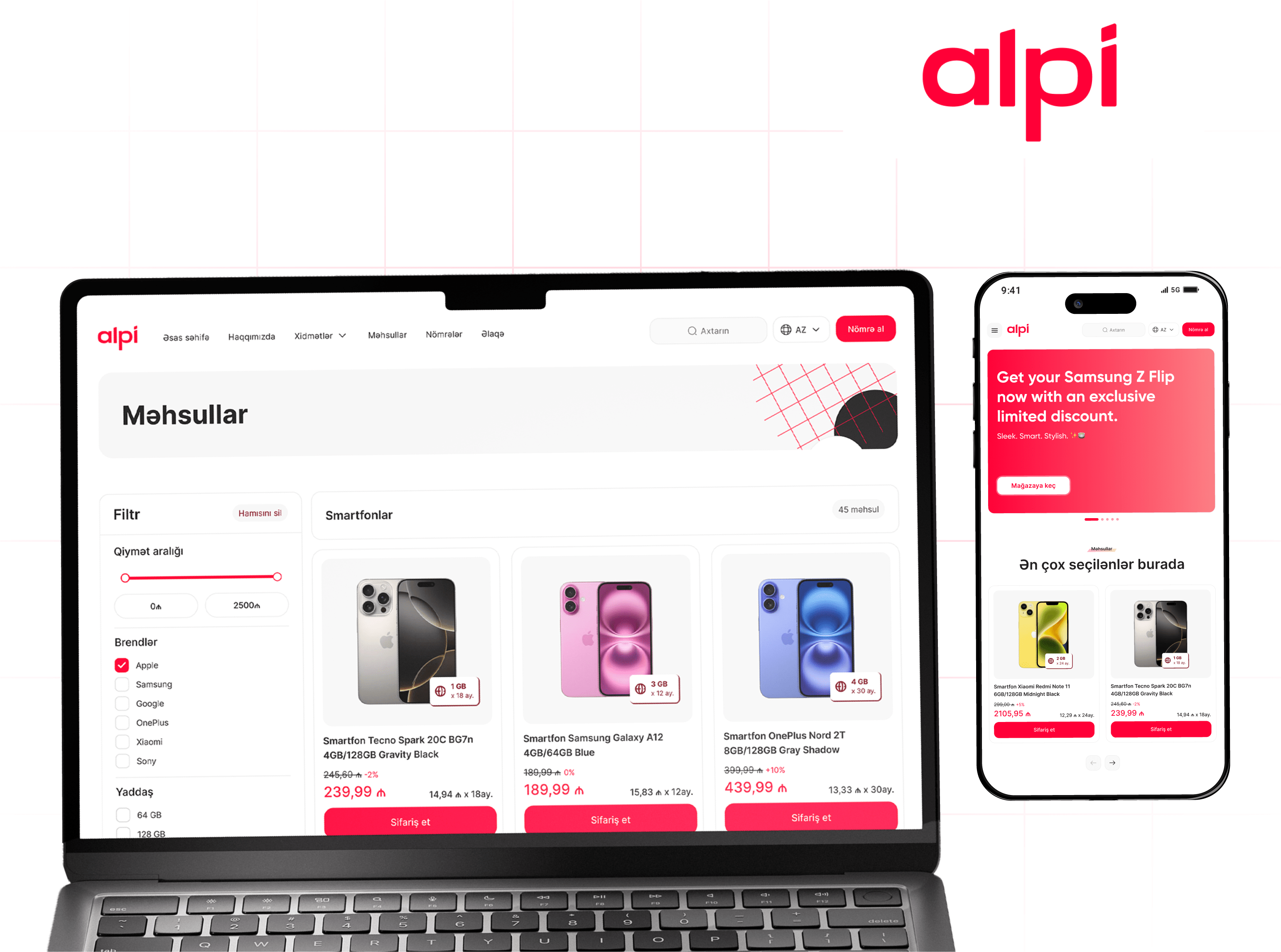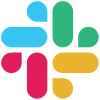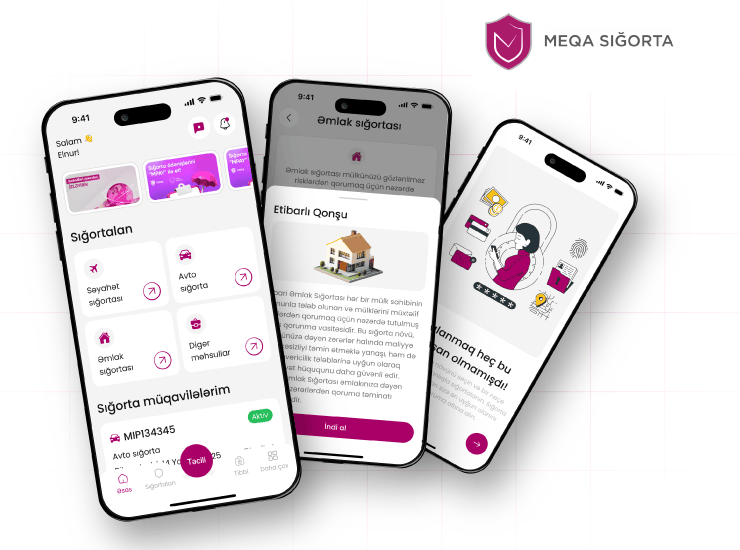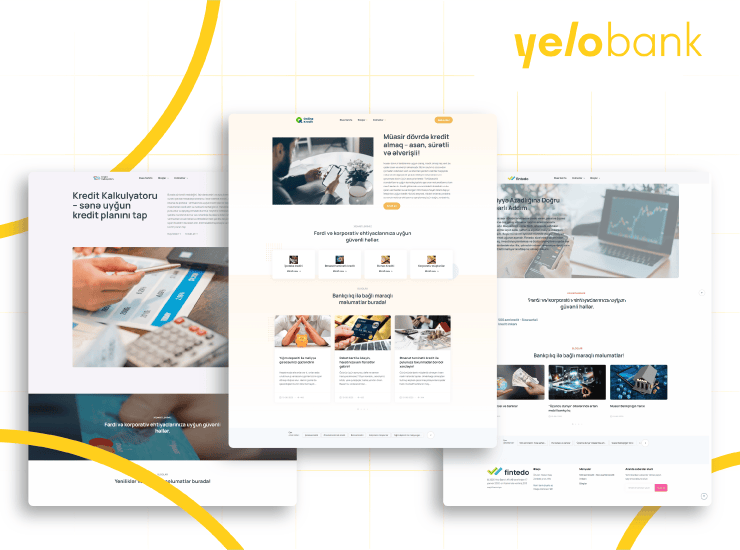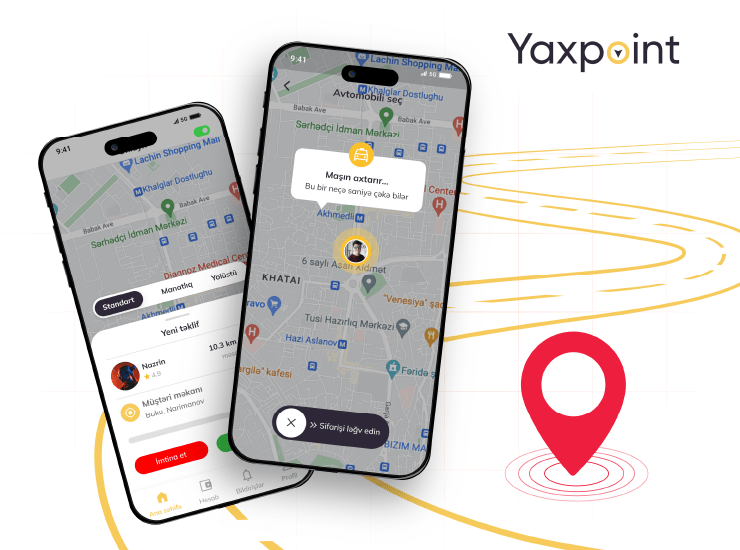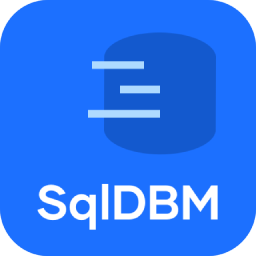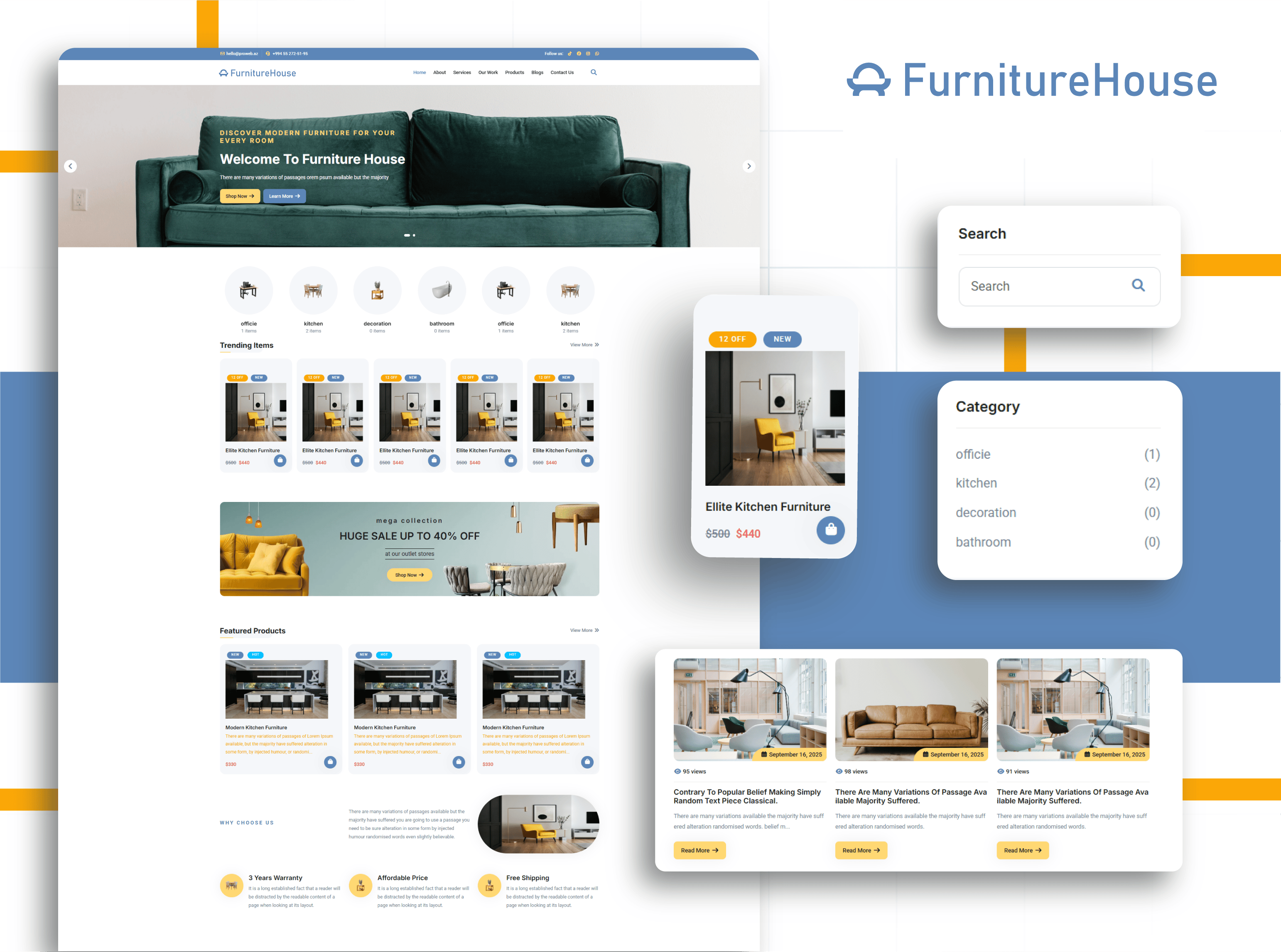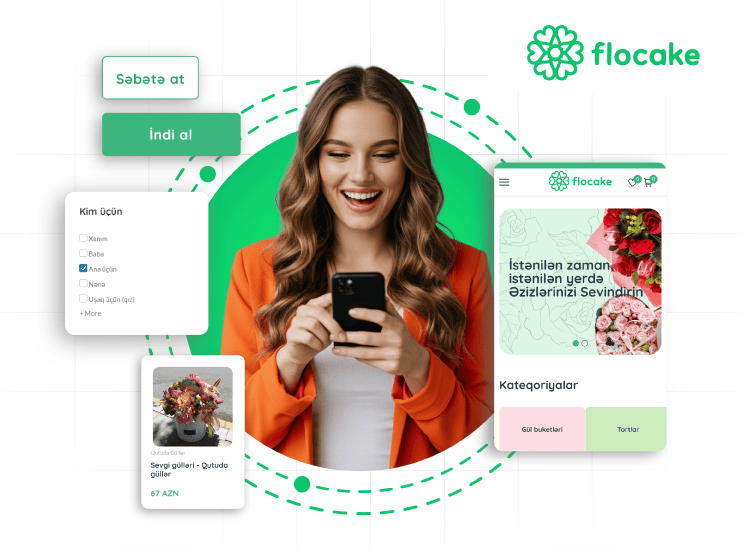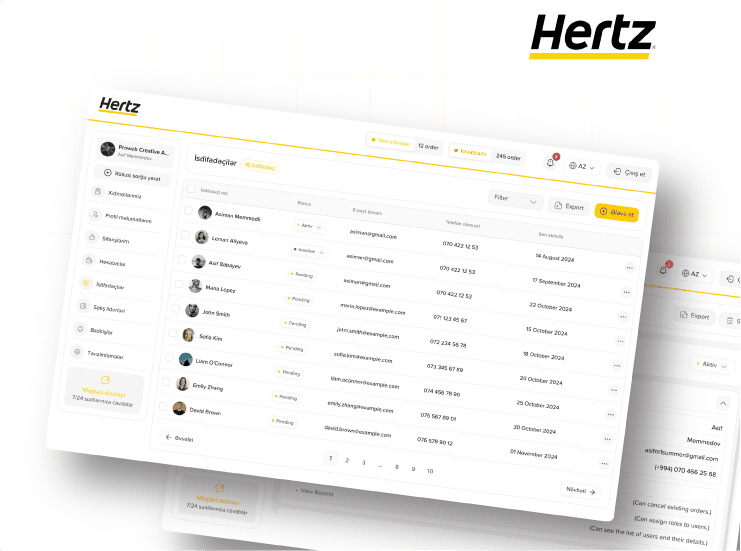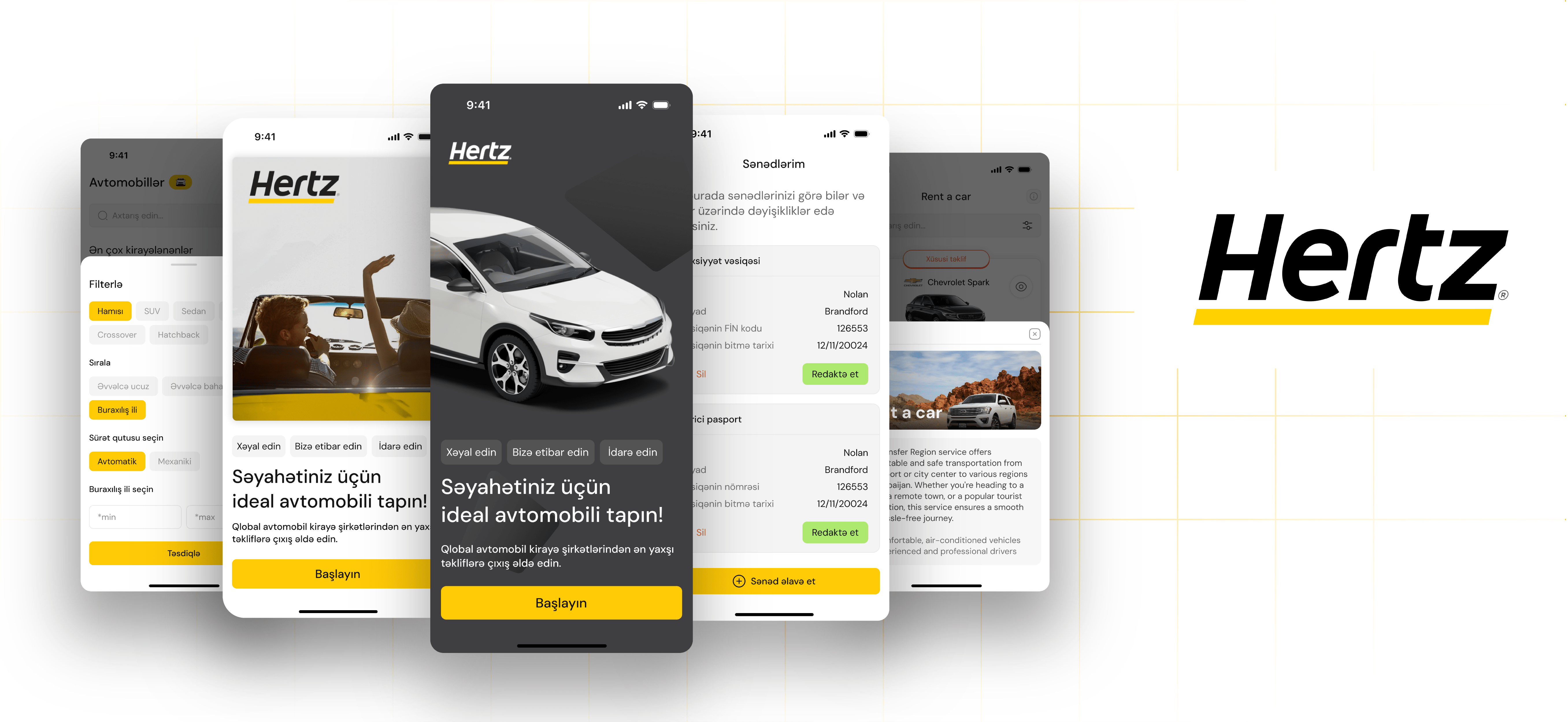
• Project
Mobile Application Development for Hertz Azerbaijan
As part of the project developed for Hertz Azerbaijan, a fully functional mobile application was built for both iOS and Android platforms. The main objective was to digitalize the car rental process, deliver faster and more convenient services to users, and enhance service quality through mobile app technologies. Users can register, search and select their preferred car, make online reservations, and manage their rental process in real time.
The design was created in line with modern UX/UI standards, ensuring an intuitive interface and fast navigation. Thanks to performance optimization, the app provides high loading speed and stable operation. It includes multi-language support, a notification system, profile management, real-time booking modules, and payment integration, forming a complete digital ecosystem. Both frontend and backend infrastructures were developed from scratch using modern mobile app development technologies.
This mobile solution successfully brought Hertz’s services into the digital marketplace, strengthened customer relationships, and accelerated rental processes. It represents a major step in digital transformation, enhancing brand visibility and delivering a seamless, fully digital car rental experience to users.
• SERVICES
- Business Process Modeling (BPM)
- UI/UX Design
- Monitoring & Performance Analysis
- Testing & Quality Assurance (QA)
- User Acceptance Testing (UAT)
- Technical Documentation
- Ongoing Technical Support
- API Development
- System Security Setup
- Cloud Infrastructure Setup
- Integration Solutions
- Mobile Development
- Wireframe & Prototype Creation
- DevOps & CI/CD Setup

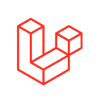









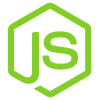






System Architecture and Planning
At the initial stage of the mobile app development process, the database architecture was created using Dbdiagram, ensuring a clear and scalable structure. Task management and workflow organization were carried out through Jira, while technical documentation and project planning were maintained in Google Docs. This phase laid the foundation for a structured, efficient, and well-coordinated development process, enabling seamless communication between design, development, and integration teams.
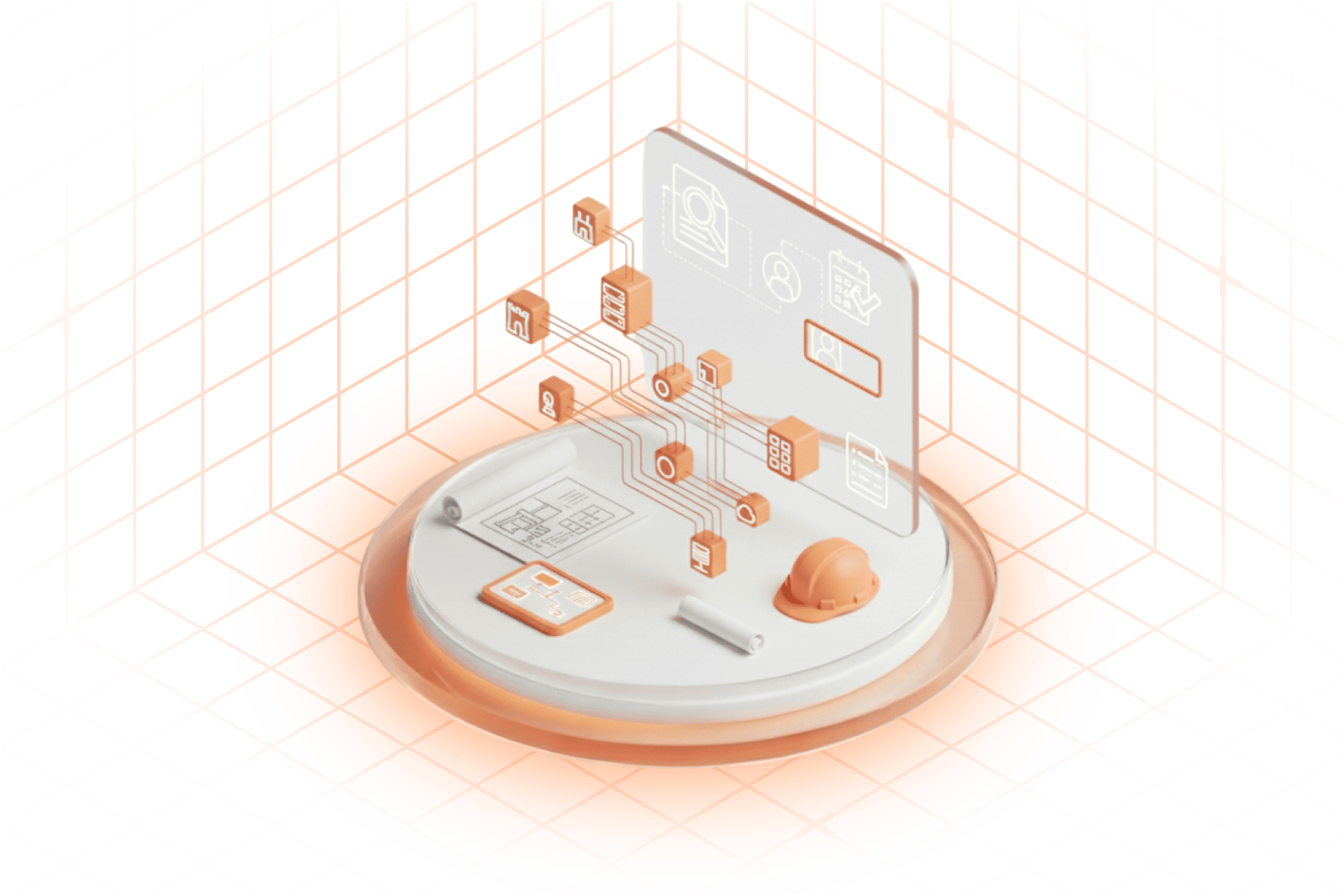
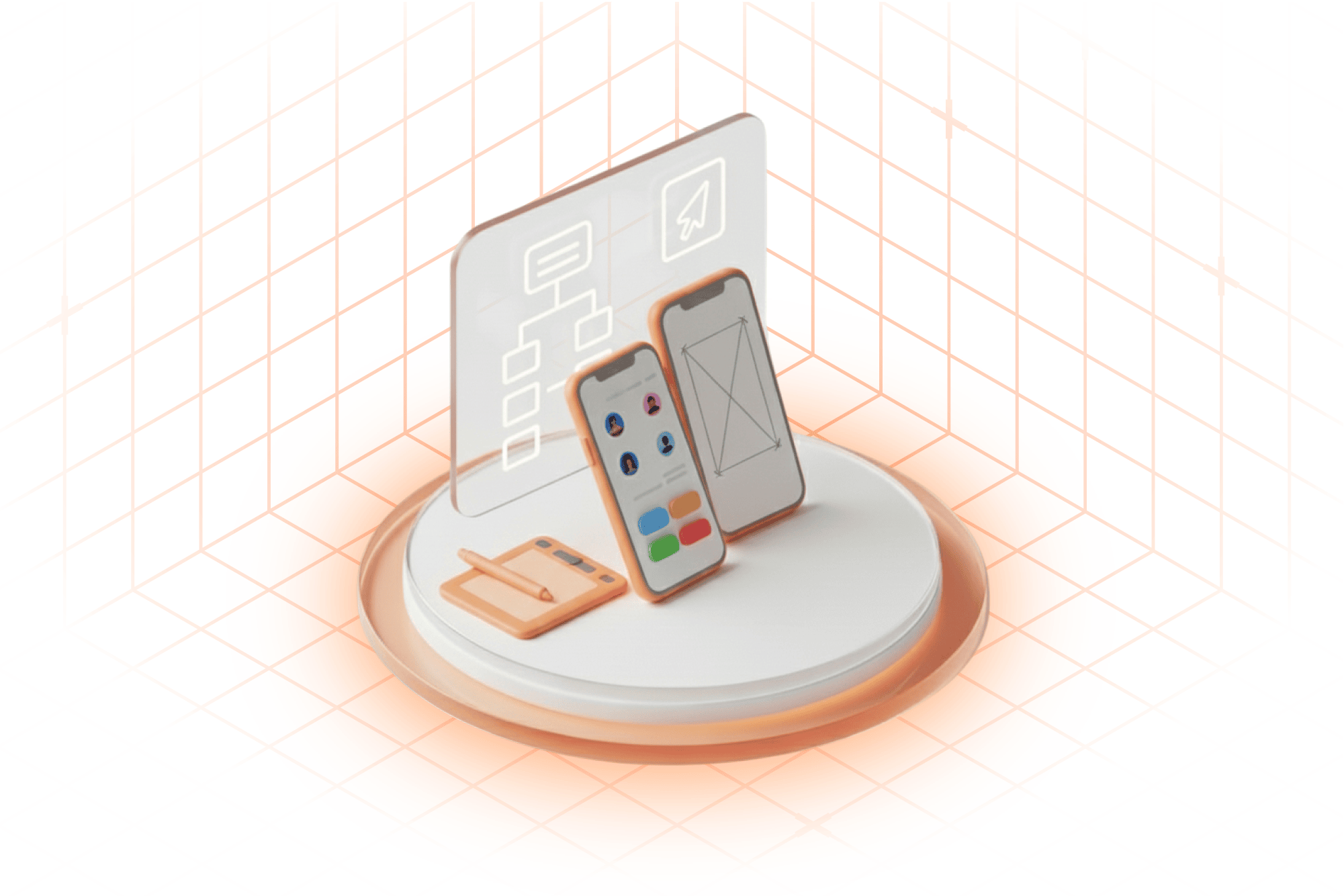

UI/UX Design Phase
During the UI/UX design phase, the entire mobile app interface was designed in Figma according to modern mobile design standards. The structure, navigation, and screen flows were carefully planned to ensure intuitive user interaction. Both iOS and Android layouts were designed with responsive principles in mind, ensuring consistent functionality across devices. This stage established the visual identity and user experience foundation of the mobile app development process.

Mobile Application Development
In the mobile app development phase, Flutter was used to build a cross-platform application for both iOS and Android from a single codebase. Firebase handled user authentication and push notifications, while SQLite was used for local data storage. Redis improved performance through efficient caching. By combining these technologies, a stable, scalable, and high-performance mobile application infrastructure was created, ensuring a seamless user experience across all platforms.
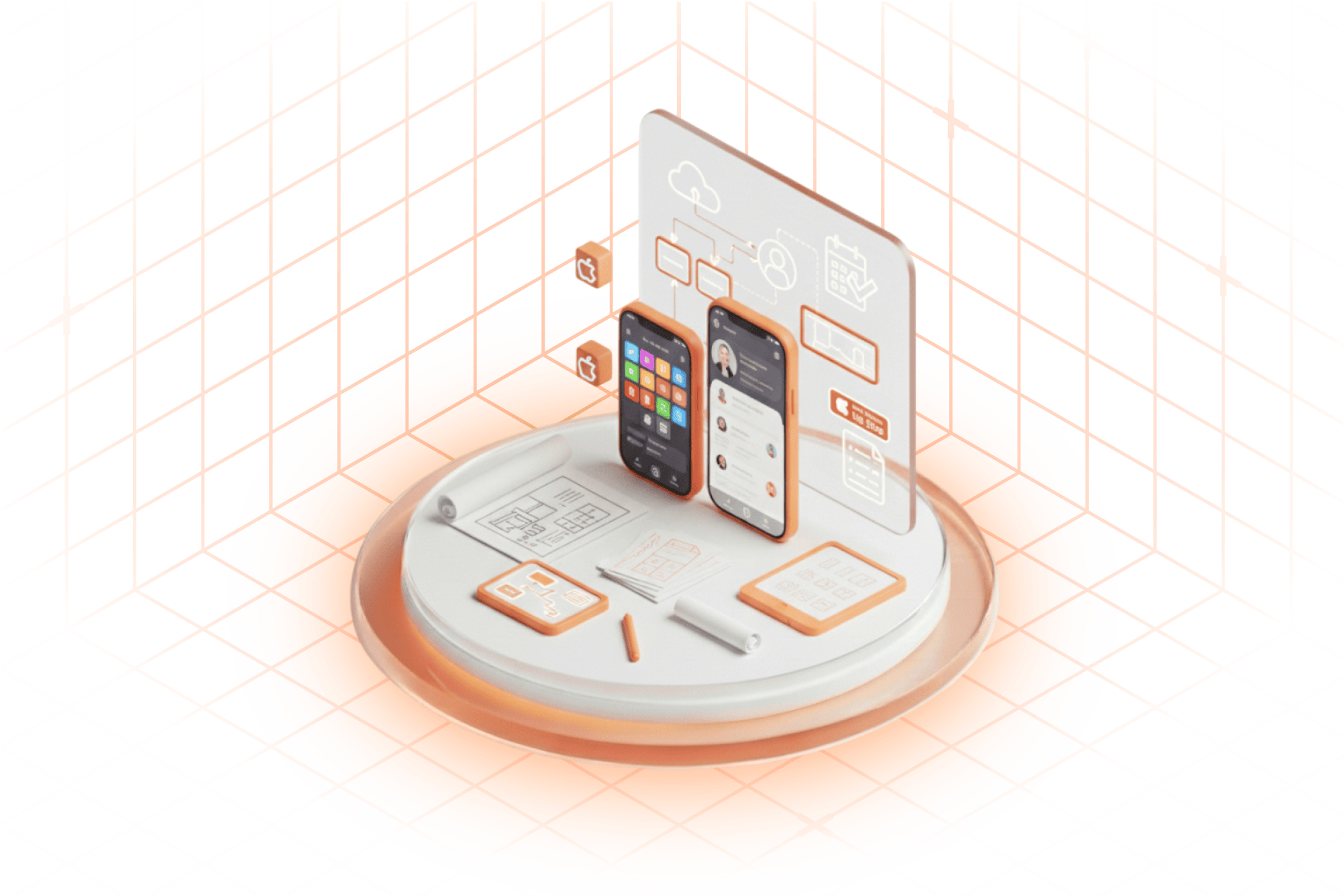
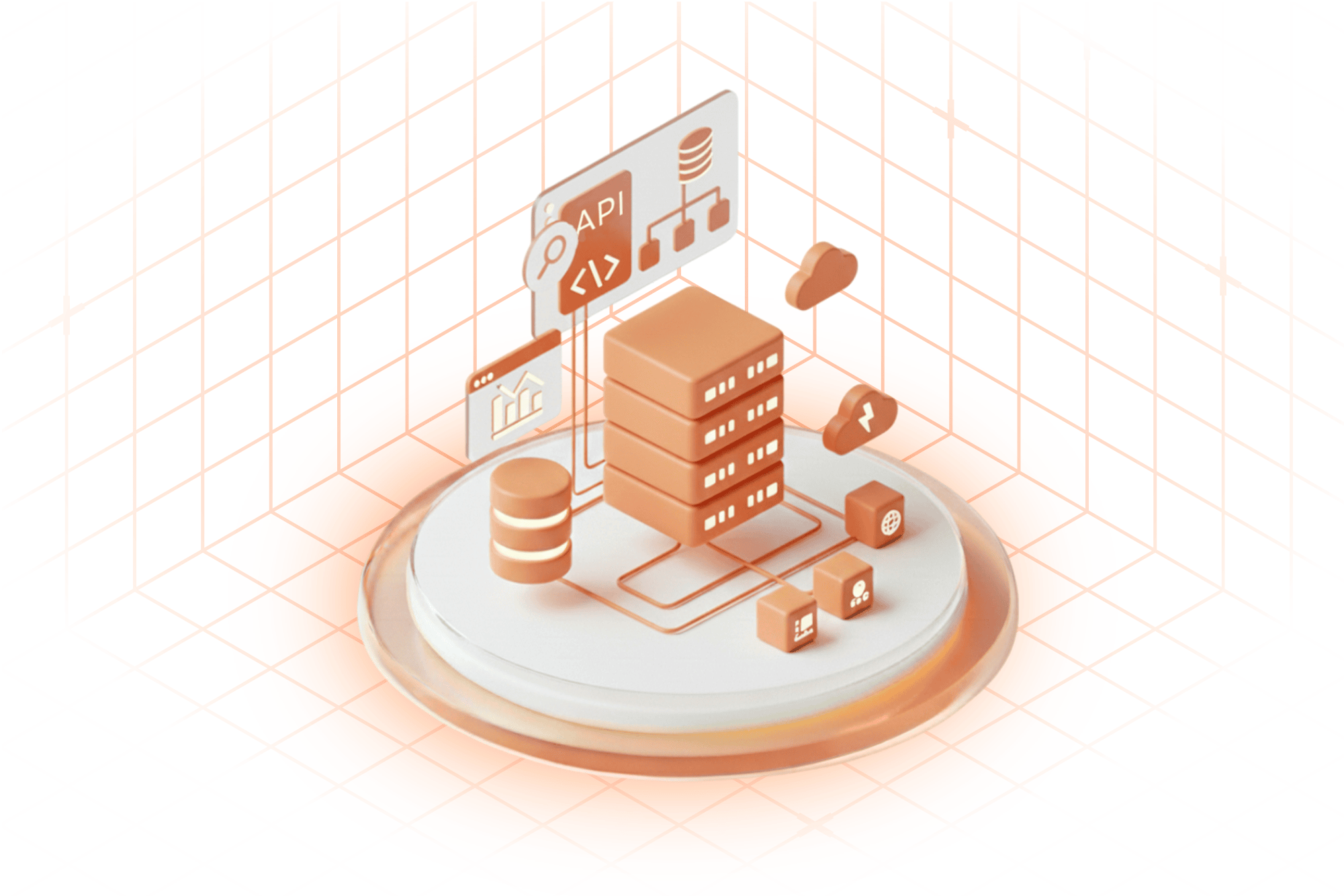

API and Data Processing Infrastructure
During this stage of the mobile app development process, a reliable API infrastructure was created on top of the existing backend built with Laravel (PHP), while Node.js was used for real-time functionalities. All key operations were integrated into the mobile apps through secure and optimized APIs. Elasticsearch, Logstash, and Kibana were implemented for logging and analytics, enabling real-time performance tracking. This step strengthened the architecture and supported mobile app technologies, digital transformation, and stable client–server communication.

Security and Performance Optimization
To enhance the overall stability of the mobile application, advanced security and performance optimization methods were implemented. Cloudflare was used to protect the infrastructure from external threats and improve content delivery speed. Redis caching ensured faster response times and efficient real-time data handling. This combination strengthened the system’s resilience, improved load times, and enhanced the overall mobile app development quality by ensuring a secure and optimized environment for users.
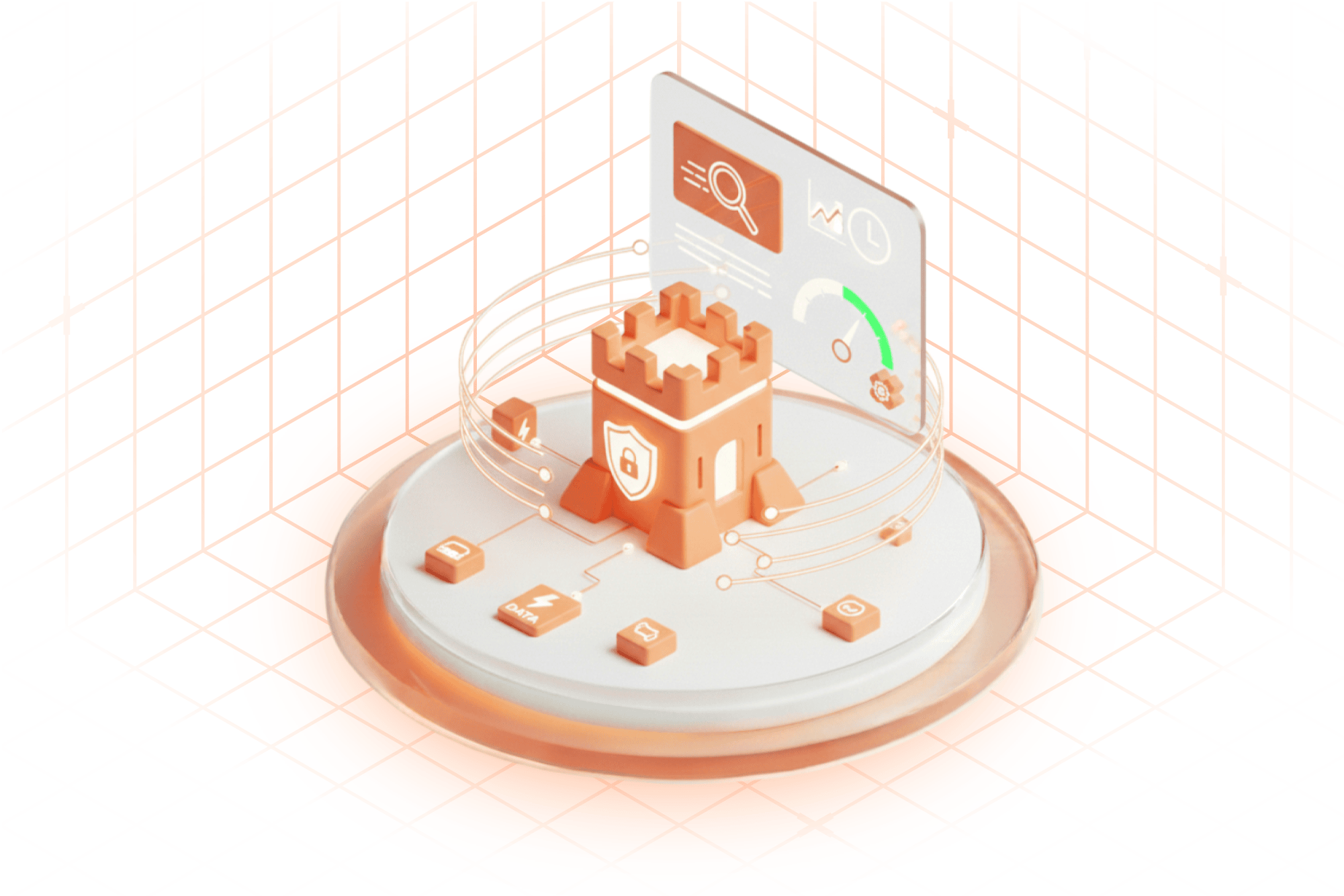
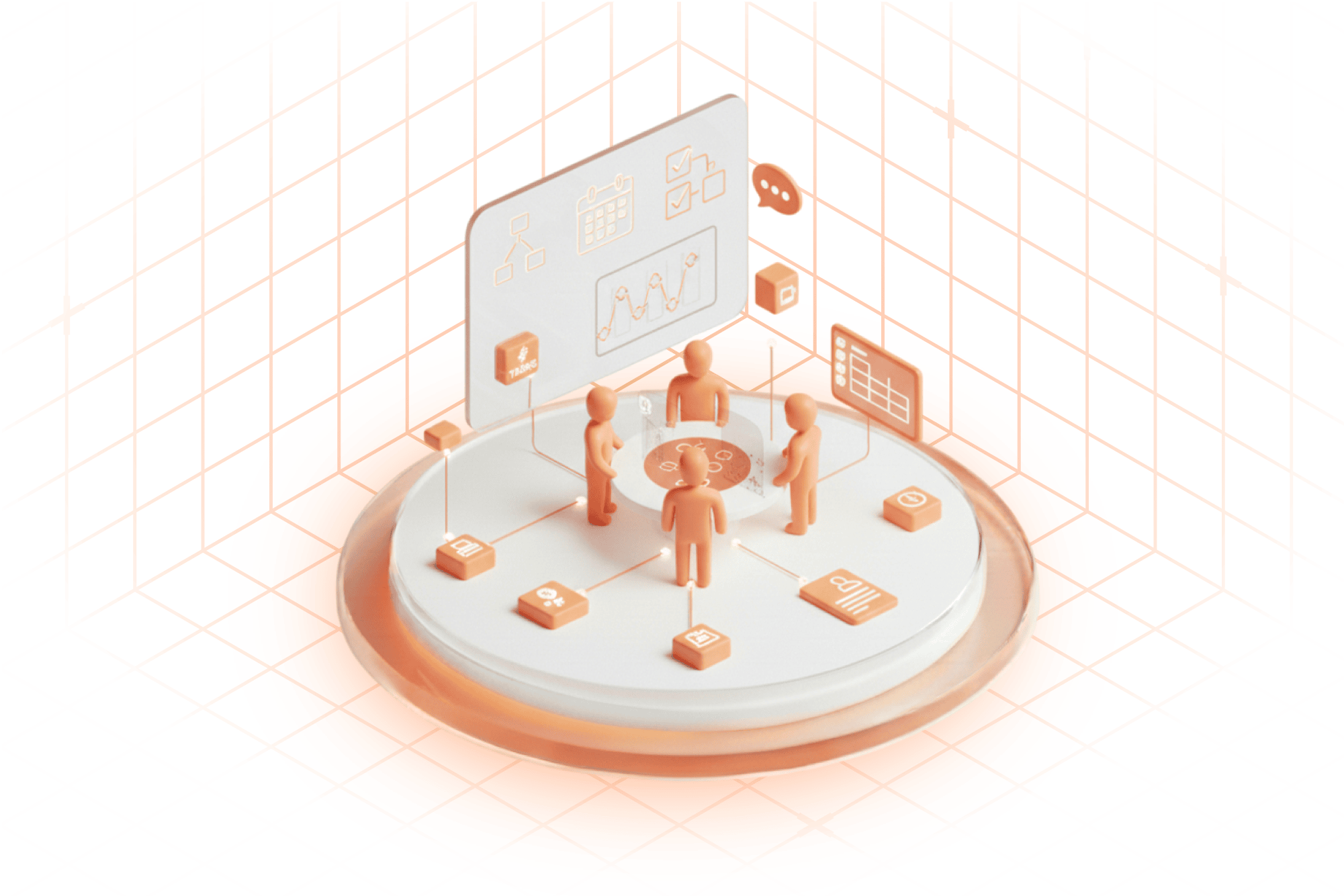

Team Collaboration and Project Management
Throughout the mobile app development process, effective team collaboration and project management were ensured using modern tools. GitHub was used for version control and code sharing, while Jira helped manage tasks and workflows efficiently. Google Meet supported regular meetings and communication between teams. This setup streamlined coordination, improved productivity, and ensured that every stage of the mobile application development process was clearly structured and well executed.
Project Design Presentation


Mobile App Screenshots










